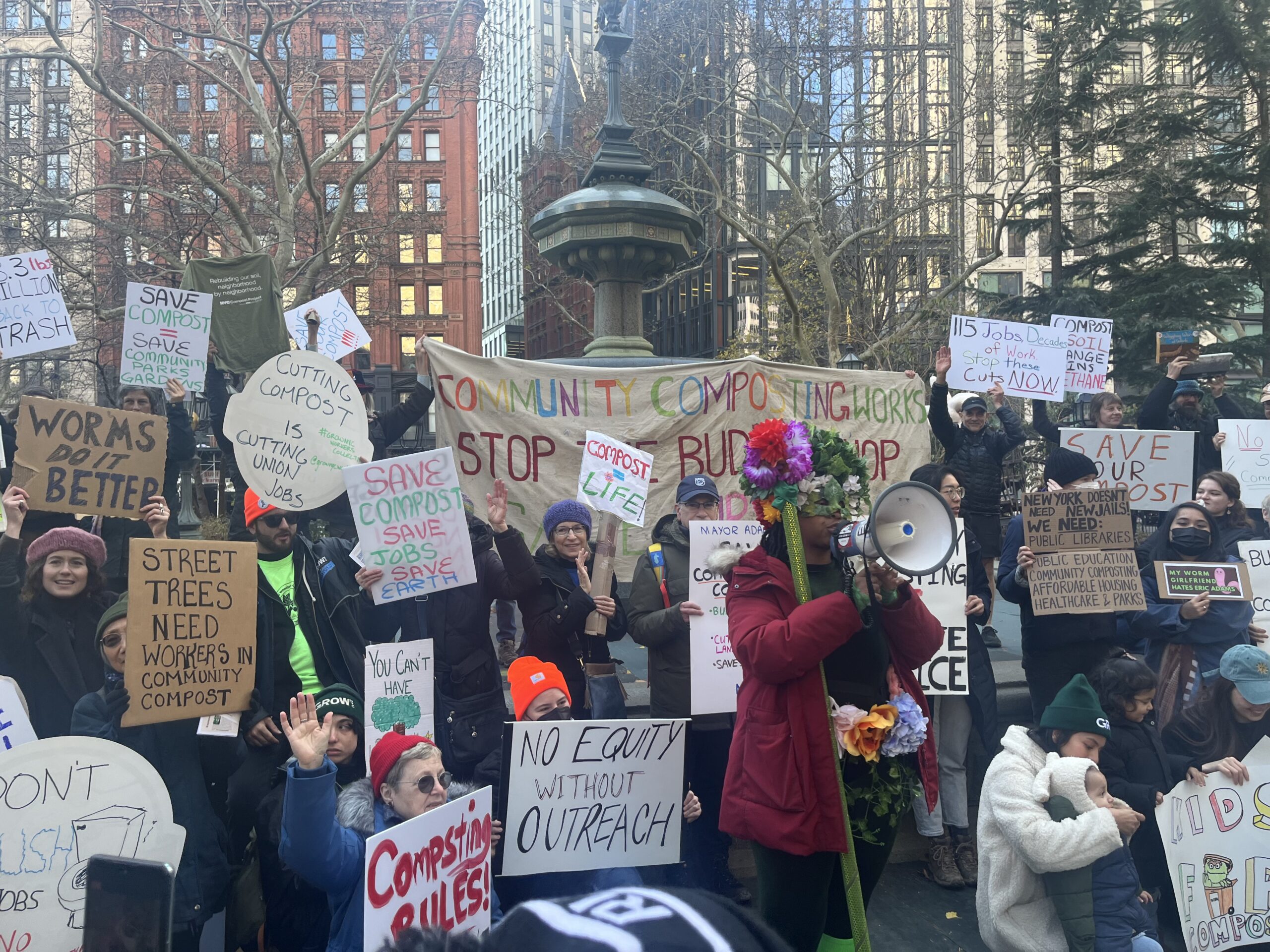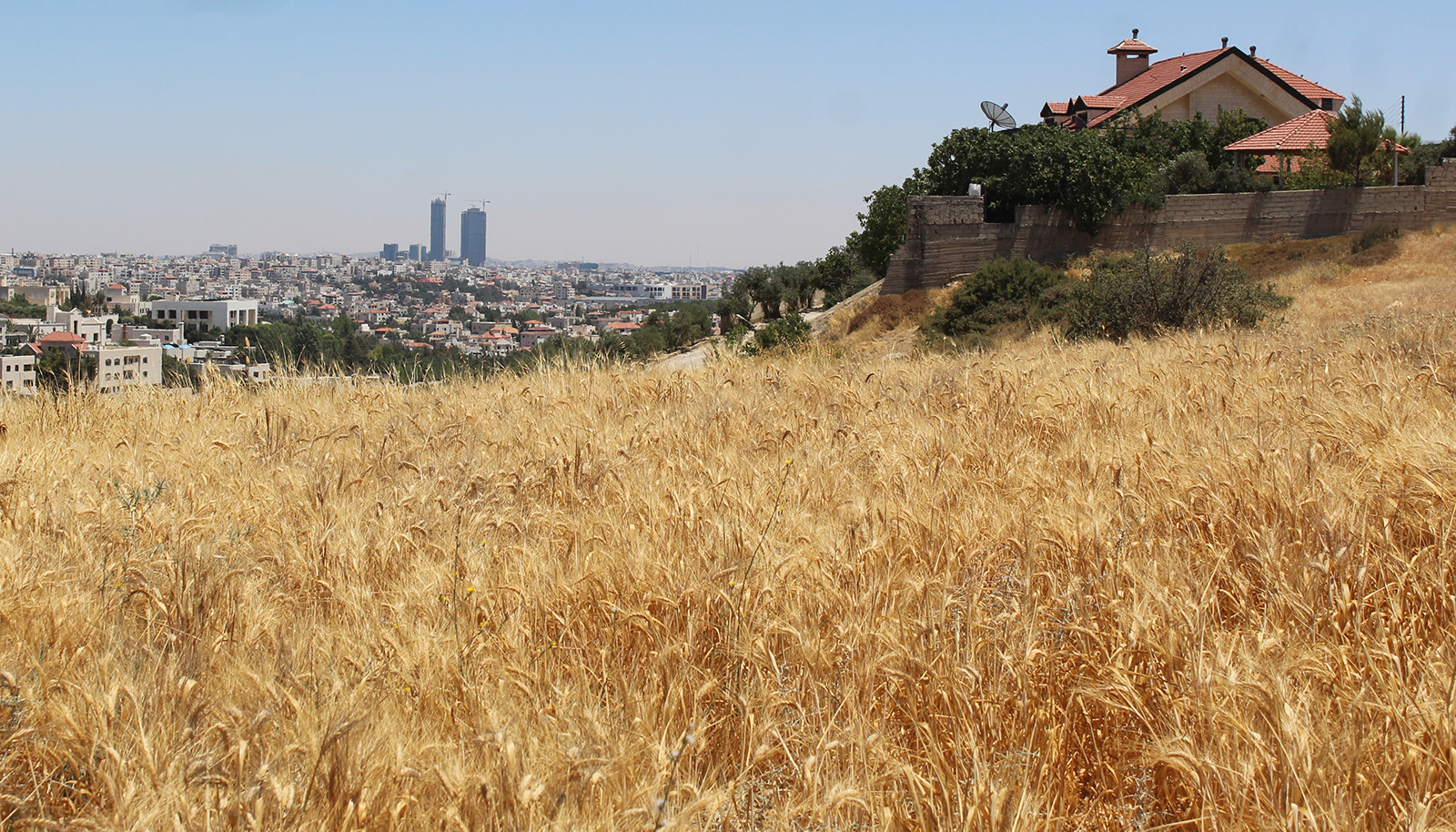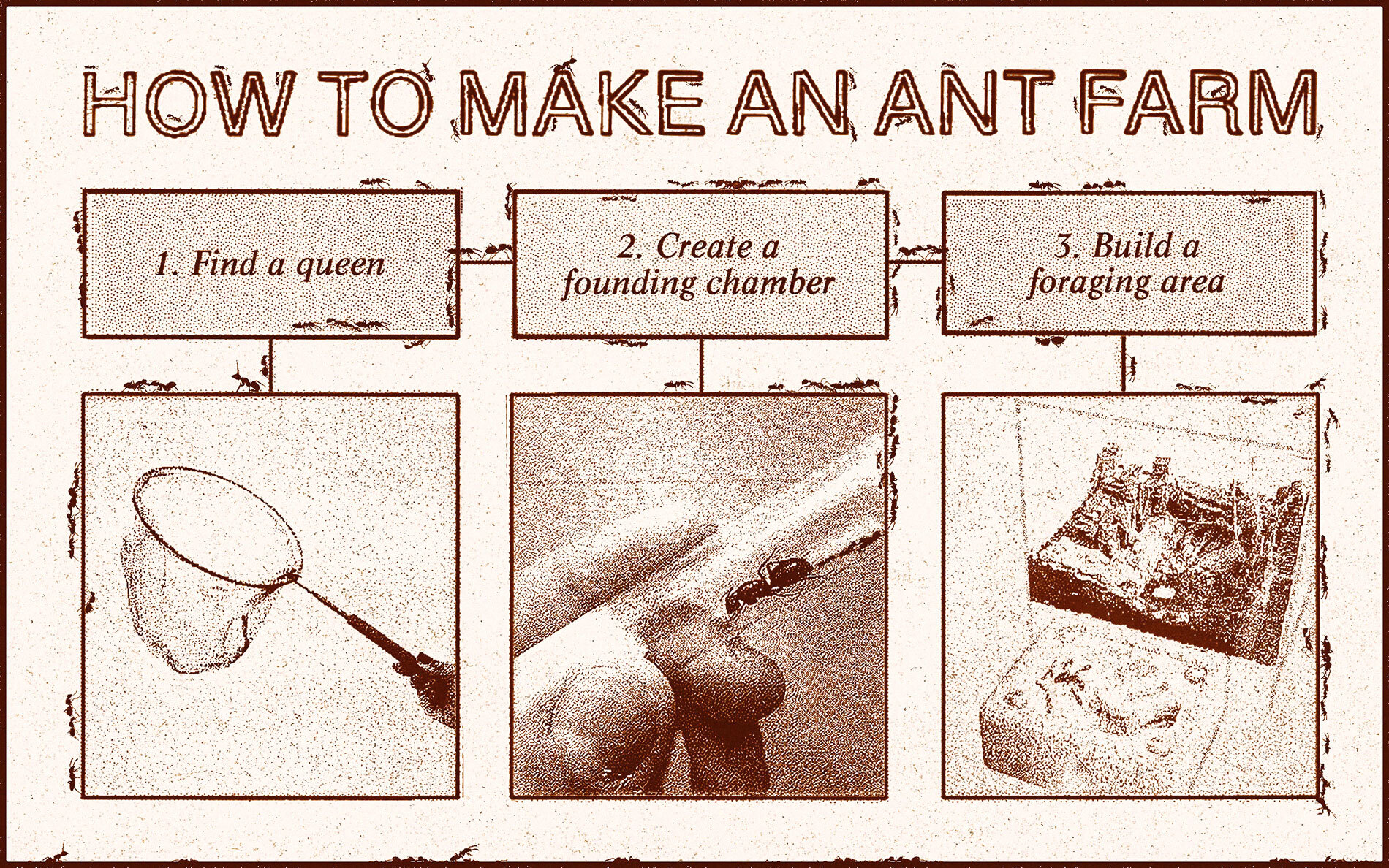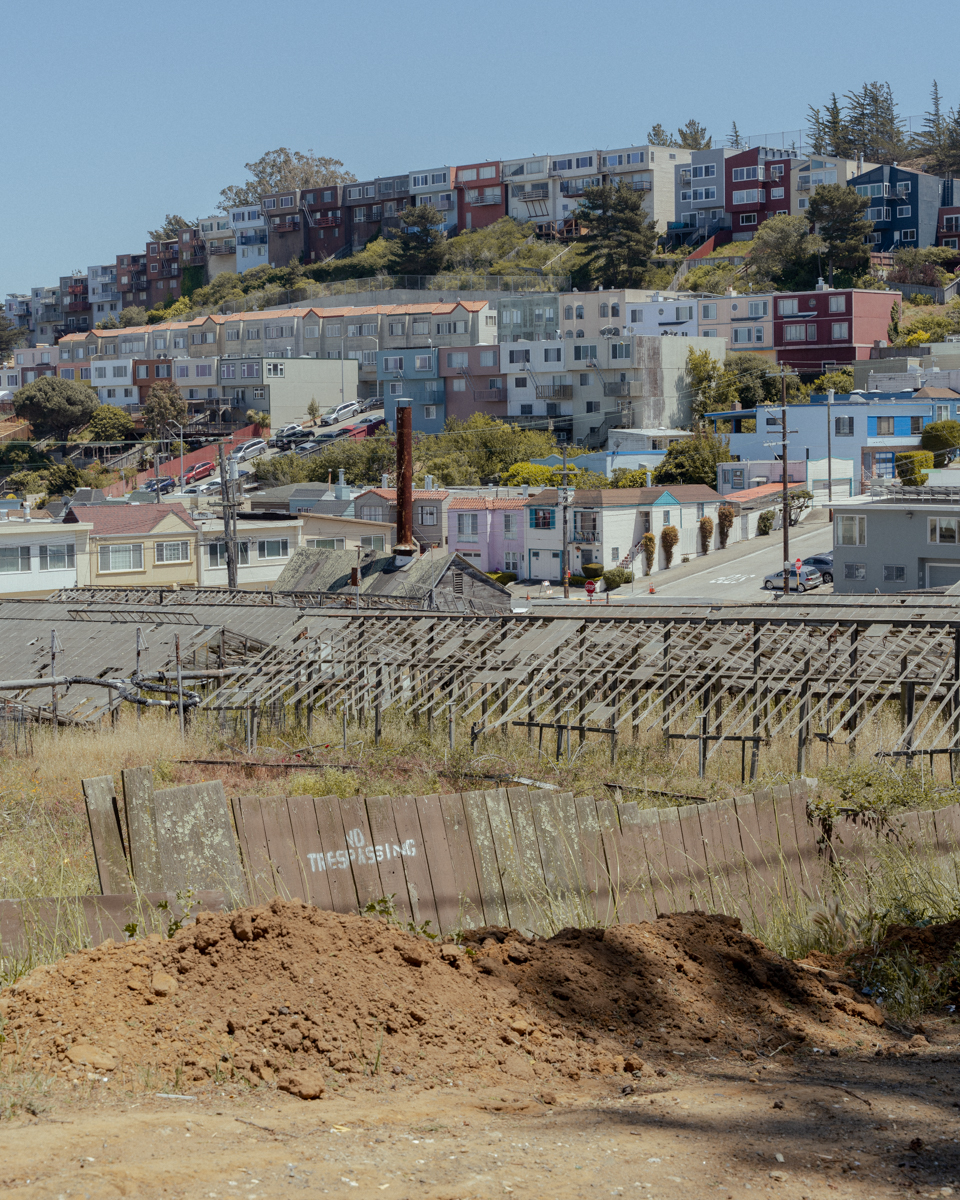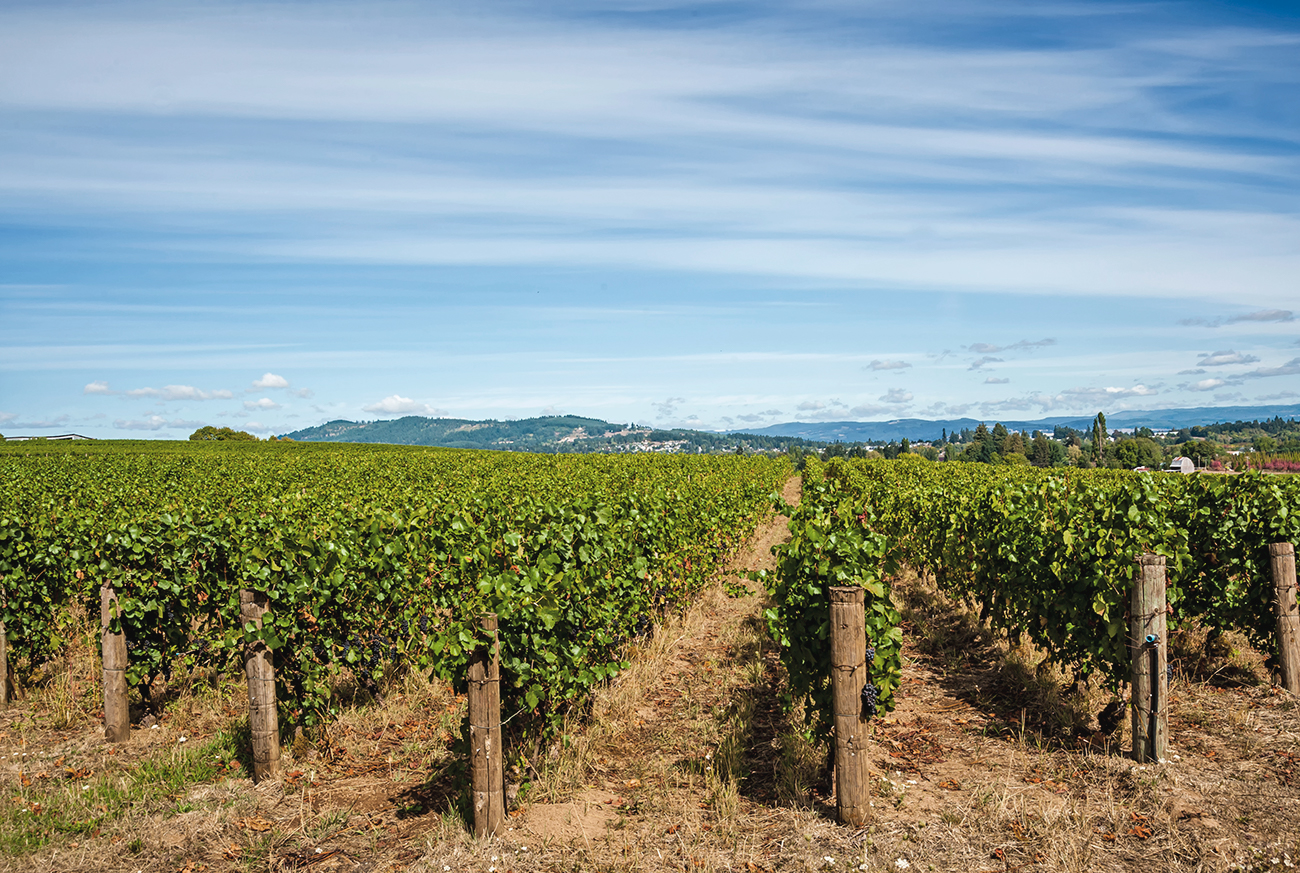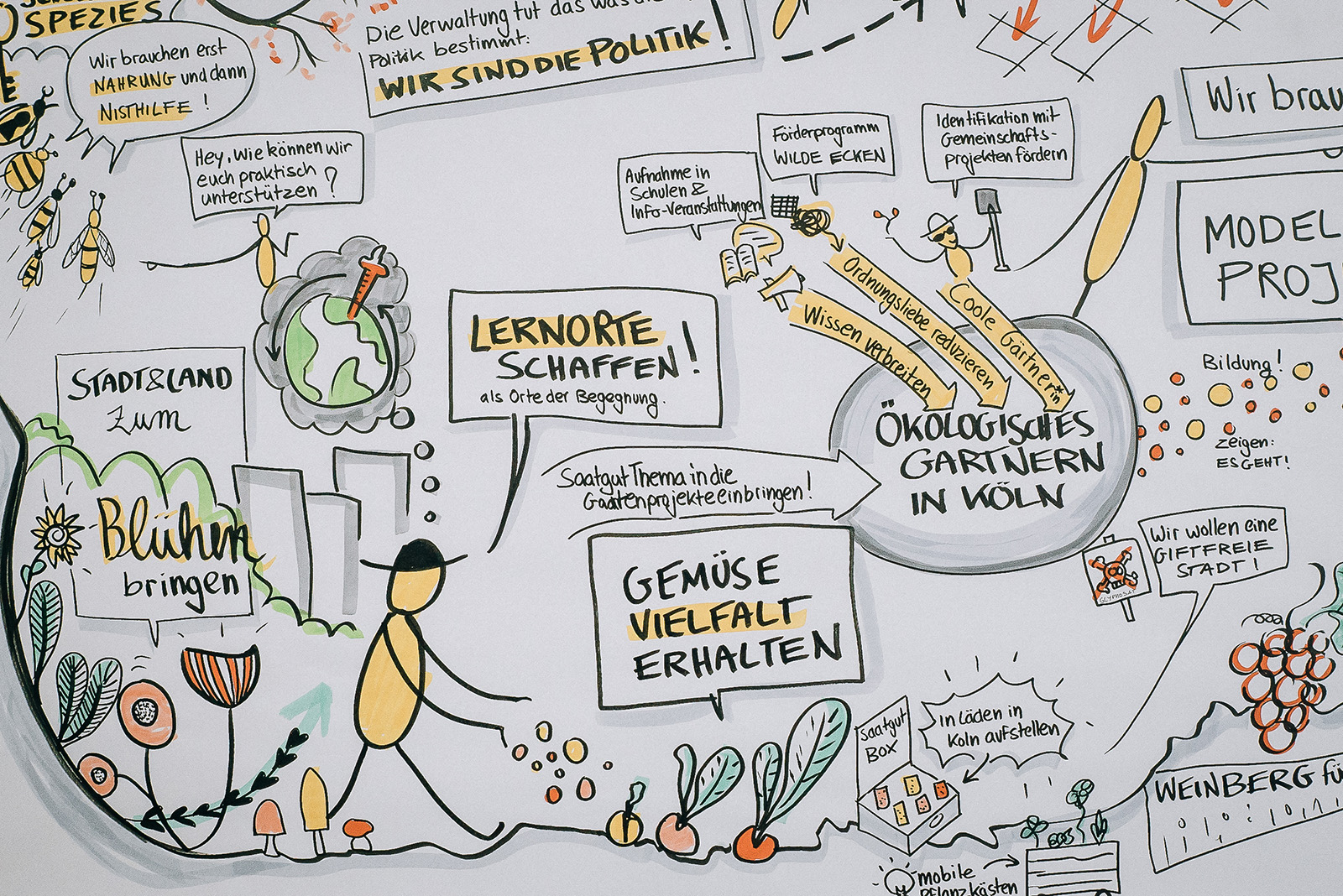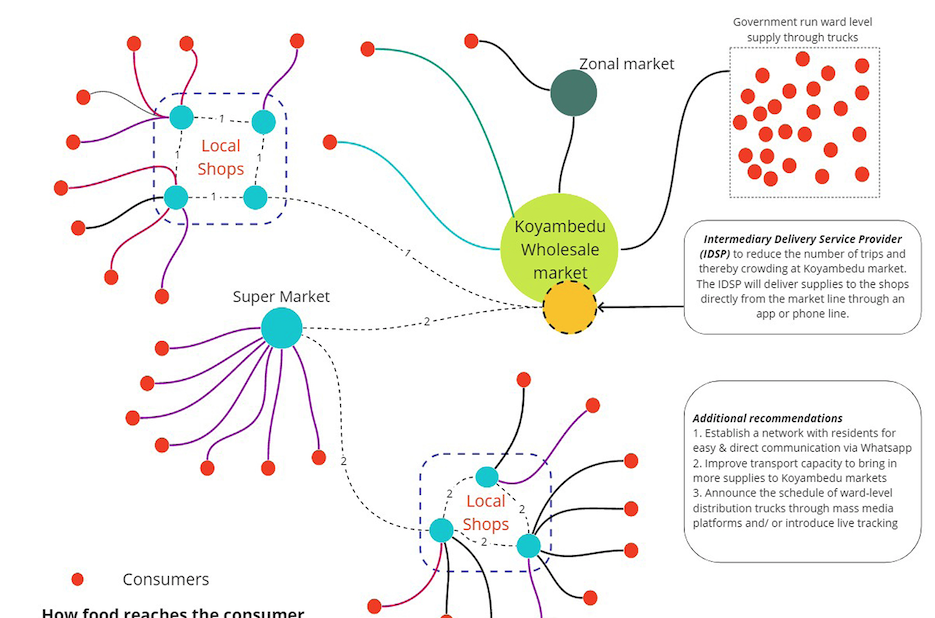Although restaurant chain Dig (formerly known as Dig Inn) has twenty six different locations in New York and Massachusetts, the brand is sticking to its commitment to sustainable, locally sourced food even as it expands. Dig wants to serve as a model for a new kind of restaurant chain, where the focus is on supporting and building relationships with farmers, so that the chain of production forms a positive feedback loop. In addition to founding its own farm in upstate New York, to help chefs better understand how the growing process works, Dig works one-on-one with small-scale farmers, to learn what crops they can grow, and what kind of support they need. MOLD spoke with Taylor Lanzet, Dig’s Director of Supply and Sustainability, to learn about how the farm-focused restaurant chain is working to change our food system:
MOLD: How do you work with farmers to determine what crops to grow and harvest? And how do you provide support to small-scale and certified transitional farmers?
Lanzet: Each winter season we sit down with our growers, flip through seed catalogs and talk about varieties and crops that we want to work on together. It is pretty rare to be 12 months out, and already discussing volume and making commitments around what we will buy. During these conversations, we are learning about what worked well for our growers the year before and what we might try differently this time around. The conversations don’t stop with planning; we are in constant conversation, from when the crops go in the ground until they reach our restaurants. We create a feedback loop such that our farmers are equally invested in our chefs and consequently, the satisfaction of our guests.
This year, we committed to close to 3 million pounds of vegetables during this process. No commitment is too small for us; we are uniquely positioned to support farmers of all sizes, especially those within the small and mid sized range. We are buying carrots from over 15 different farms, and supporting some farms in sending us anywhere from a couple cases at a time to multiple pallets. This past week, a farmer reached out because they needed help moving 12 pounds of mixed baby greens, that’s it. We took it because for us, there is no order too small to support.
M: Why is sustainable agriculture important to Dig? What steps in your food production process ensure that you’re being sustainable wherever you can?
L: Our mission is to rebuild the food system; in order to do that, we work with farmers and producers who share the same mission. This is particularly important in making sure that our partners are leaving the land and soil in a better place than before each season; treating their employees well; developing ways to save energy and water; and building a sustainable business model to support their farming operations.
M: Tell me a little bit about the Dig farm; what inspired its founding? How has it positively influenced your mission and understanding of agriculture?
L: We currently farm about 20 acres in Orange County, New York. Our farm lies on some of North America’s most fertile soil, known as the “Black Dirt” region. This land serves as a living lab for growing food: it’s a place to train our culinary team, experiment with heirloom varieties and supplement our robust, local supply chain. In many ways we started the farm because we wanted an anchor for our two company pillars: supply and people. But through running a farm, we are experiencing firsthand the challenges that our diverse network of producers face on a daily basis, making us more empathetic and knowledgeable about the agricultural system.
We’ve also become better partners to our suppliers just by being near them; lending tools or helping a neighbor mulch a field supports them in ways we previously couldn’t from our headquarters in NYC. Moreover, we now have a direct link for our restaurant teams to learn exactly where and how our vegetables are grown. For some of our chefs in training, a day on the farm under the sun, hands in the dirt, is an opportunity to personally engage in rebuilding the food system and take nuggets of knowledge back to the kitchen.
M: How do you work to reduce food waste in your restaurants?
L: We build our recipes in the field — not only do we intentionally source ‘ugly vegetables’, but we spend time with our farmers in the field to understand what might not typically be harvested so we can create pipelines for those vegetables. In addition, we use as much of the plant as possible and engineer our menus so that we can reduce waste.




